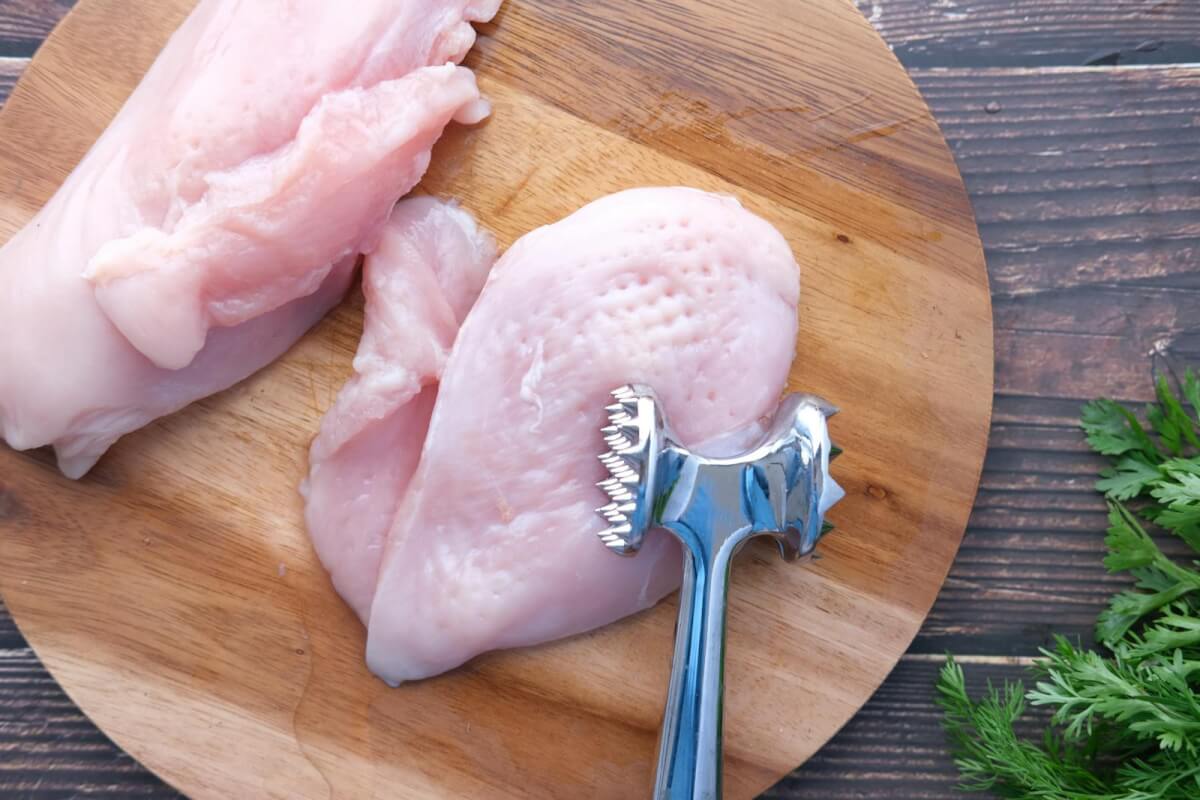John (surname withheld) is an influencer from Florida who has gained notoriety by eating raw chicken for at least 25 days.
He uses a blender to grind up the uncooked chicken (wing and breast) with flavorings, raw eggs and lettuce before drinking this chicken smoothie. Raw chicken and eggs have a significant infection risk from harmful bacteria such as salmonella and campylobacter, which can cause severe illness.
Symptoms of food poisoning include fever, nausea, vomiting, diarrhea and blood infections that, even in healthy people, can lead to hospitalization and death. So why has John not fallen sick with food poisoning from such an unconventional and potentially deadly diet?
John says that he has contacted doctors about the safety aspects of his raw chicken diet, which makes one wonder if prophylactic antibiotics were advised to protect him from infection. Even if not, John, like all humans, has innate protective mechanisms against food poisoning. The stomach has highly acidic fluids with a pH of 1.5 to 2.
Food poisoning germs are sensitive to acid, which damages their DNA, and stomach acid can even kill them. In the stomach, germs also have to overcome other barriers such as digestive enzymes, entrapping mucus and immune system defenses.
The stomach empties after about four hours so there is a good amount of time for the stomach acid to sanitize John’s blended raw chicken, making chicken germs less able to establish an infection.
You can’t always rely on innate defenses
However, even in healthy adults, if the number of bacteria is high, stomach acid and immune defenses may not be enough to reduce their numbers to a safe level.
Our innate food poisoning defenses may work less effectively in young children, the elderly, pregnant women and those with an underlying health condition or a weakened immune system.
Taking antacids regularly also increases food poisoning risk by neutralizing stomach acid.
John unusually blends his chicken, creating a wide surface area for stomach acid to attack. Also, the source of his chicken and food seasonings might help to protect him from infection.
John says that he gets his chicken from a particular farm, so it’s probably safe to assume the chicken is very fresh and from a flock that might have a lower incidence of salmonella and campylobacter than birds from a larger commercial source.
Freshness is important, as the number of harmful germs increases the older the meat is. If the chicken John is eating is very fresh and he’s not consuming a lot of it, the number of germs may be too low to reach an infectious dose.
However, whatever the pedigree of the chicken, the safety of raw meat is not possible to guarantee, and what looks and smells fresh can still be dangerously germ-laden.

Seasonings
John told his followers that he uses seasonings such as soy sauce and herbs to improve the lack of flavor of the raw chicken. It is known that soy sauce promotes digestion by enhancing stomach acid secretion in humans, which would help to kill any germs in the food. Soy sauce also possesses direct antimicrobial activity against bacteria such as Shigella flexneri, Staphylococcus aureus, Vibrio cholera, Salmonella enteritidis, and Escherichia coli.
Chili sauces also inhibit food-poisoning bacteria, and many herbs contain antimicrobial compounds and have been used as preservatives for centuries.
Aromatic herbs, such as thyme, are potent inhibitors of germ growth, especially the kinds of germ found on poultry.
How you should eat chicken
We do not know what John is doing to protect his health while eating the raw chicken, but what is clear is that he is playing a game of food-poisoning roulette.
You cannot remove the bacteria in raw chicken or indeed any raw meat. The only way to make the meat safe to eat is by cooking it. Heat effectively kills harmful germs, and salmonella and campylobacter are neutralized at temperatures above 75°C.
Cooking chicken correctly is the only way you can safely eat chicken and not risk potentially deadly food poisoning.
Article written by Primrose Freestone, Senior Lecturer in Clinical Microbiology, University of Leicester
This article is republished from The Conversation under a Creative Commons license. Read the original article.

